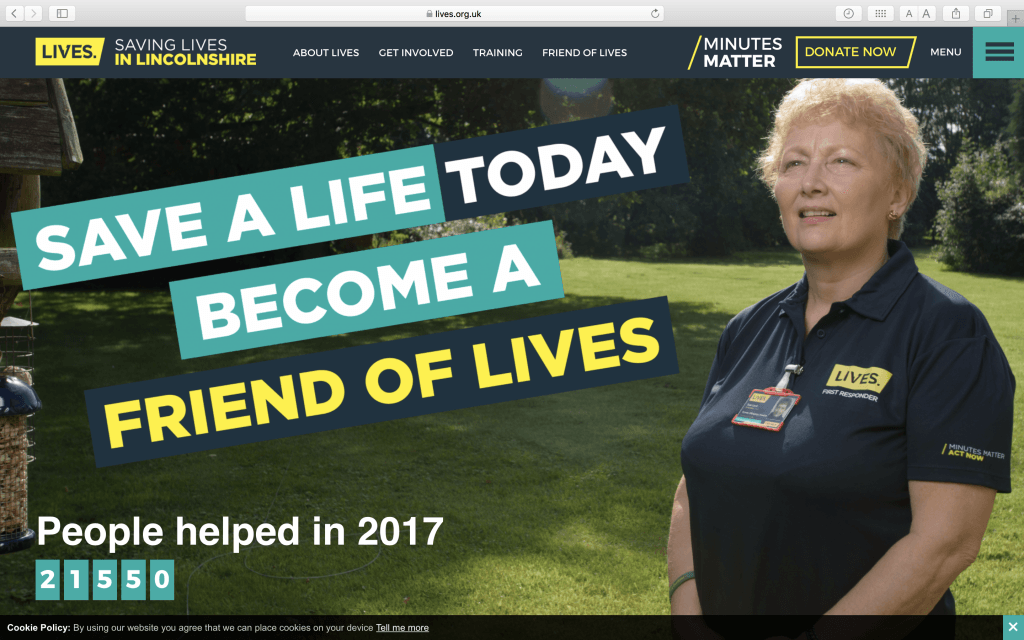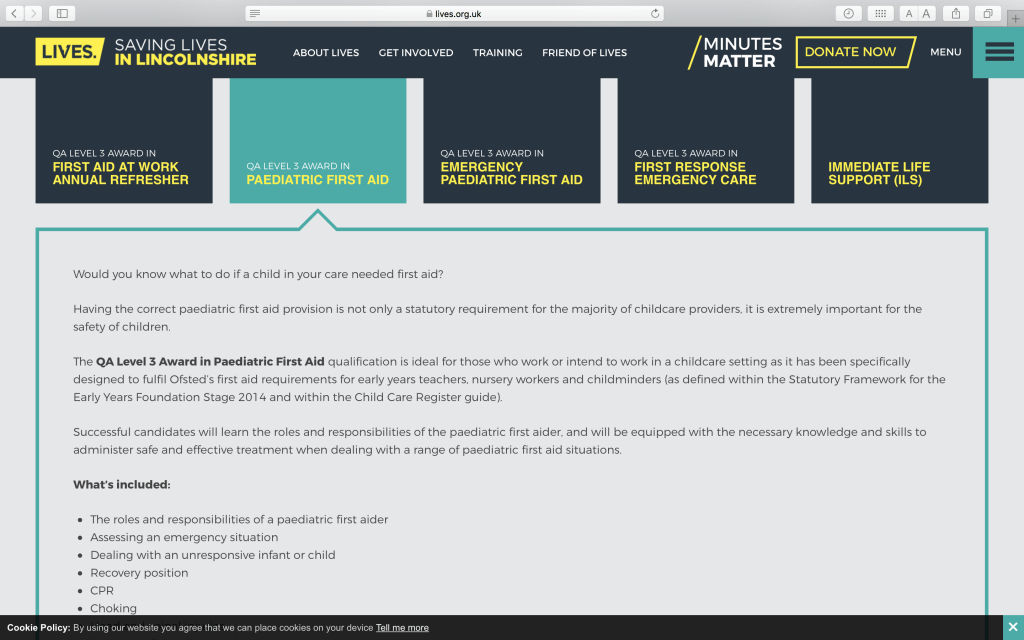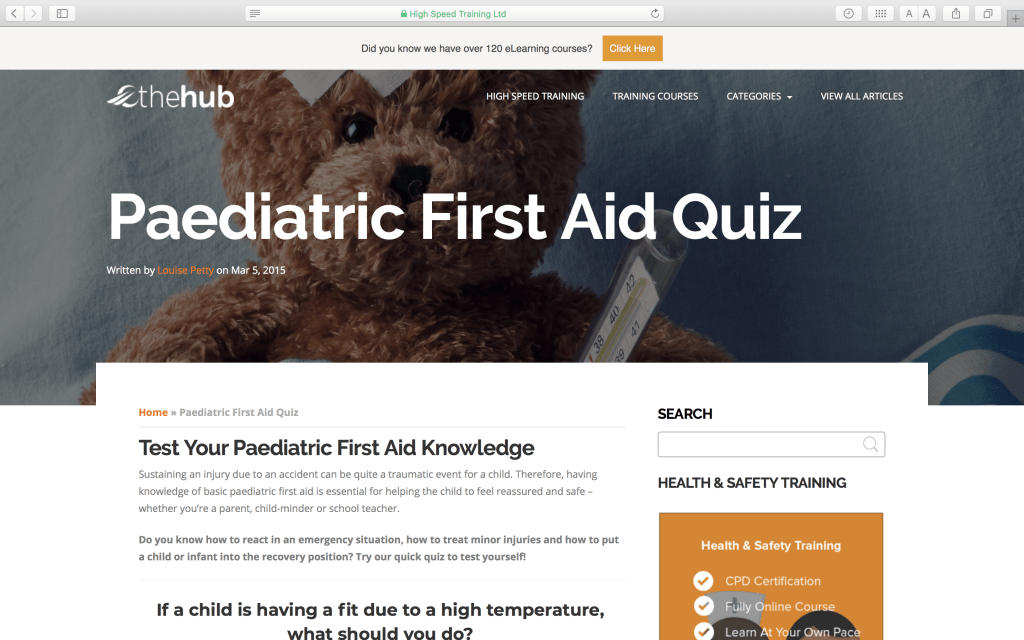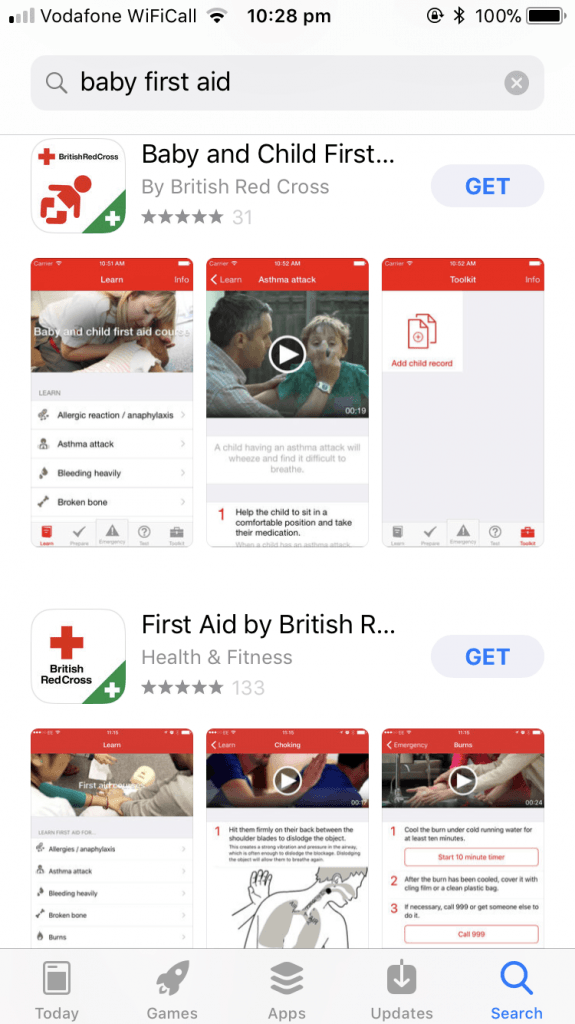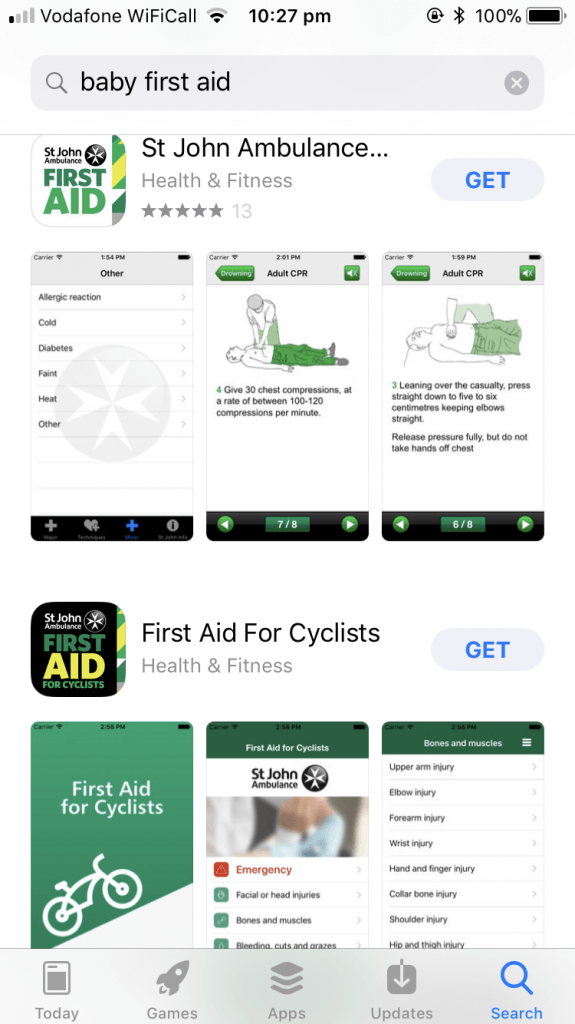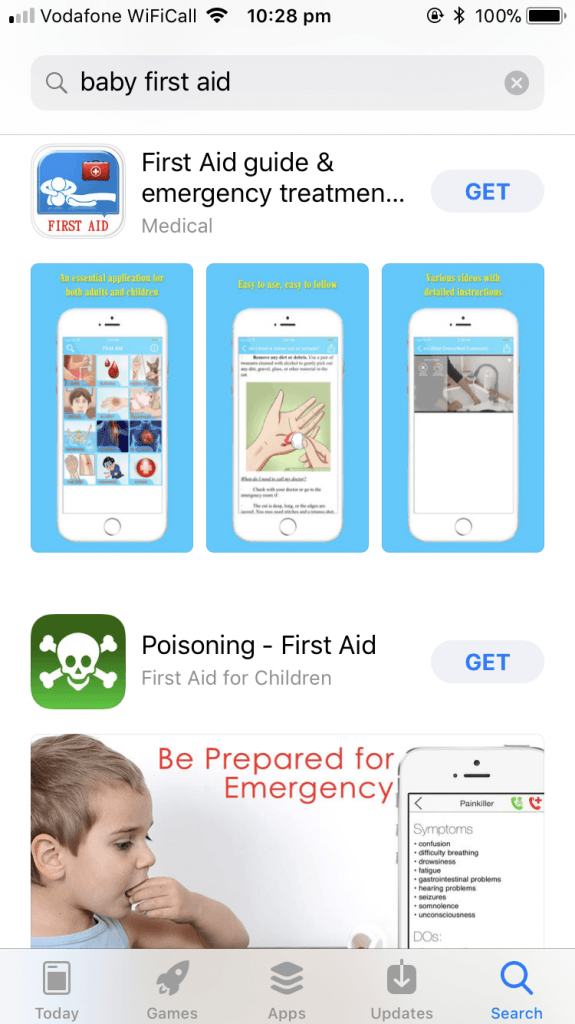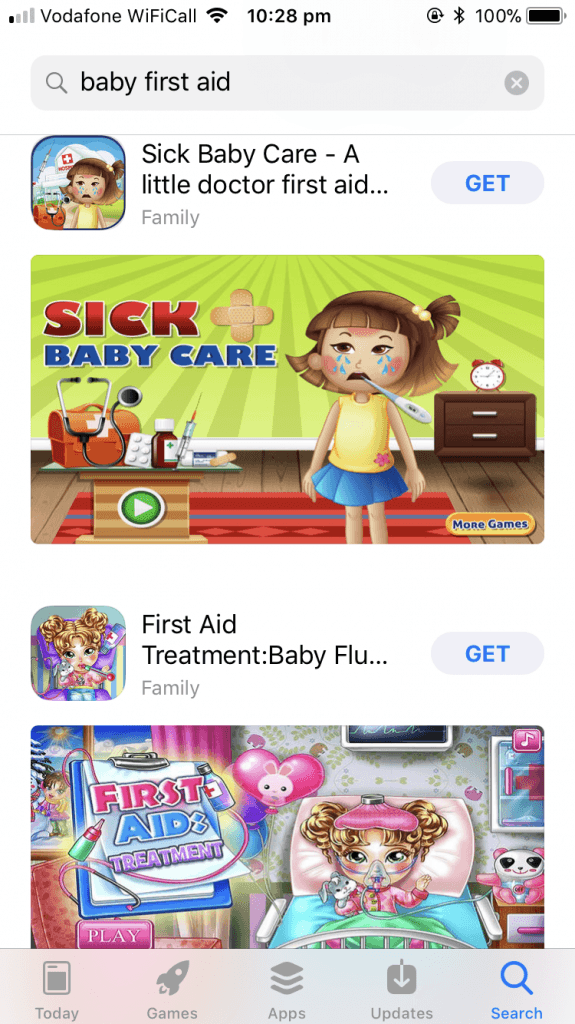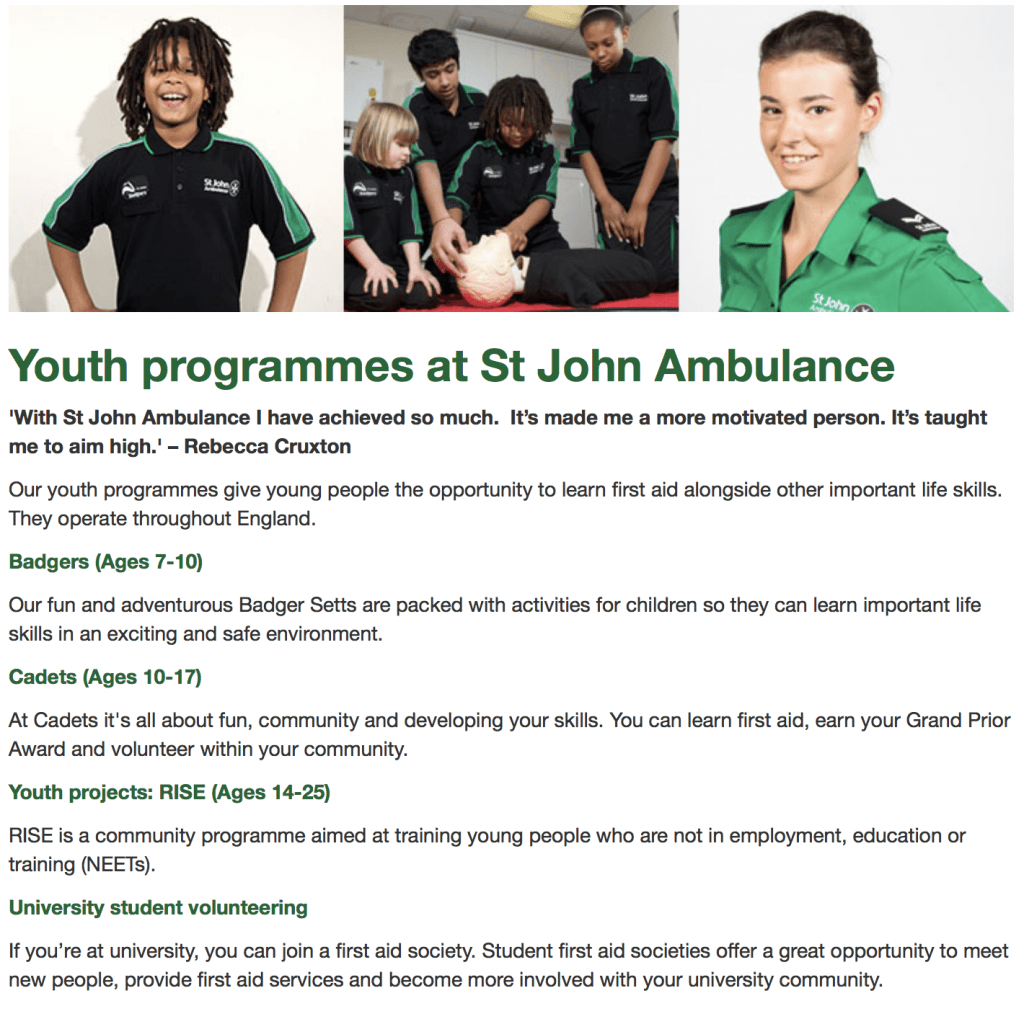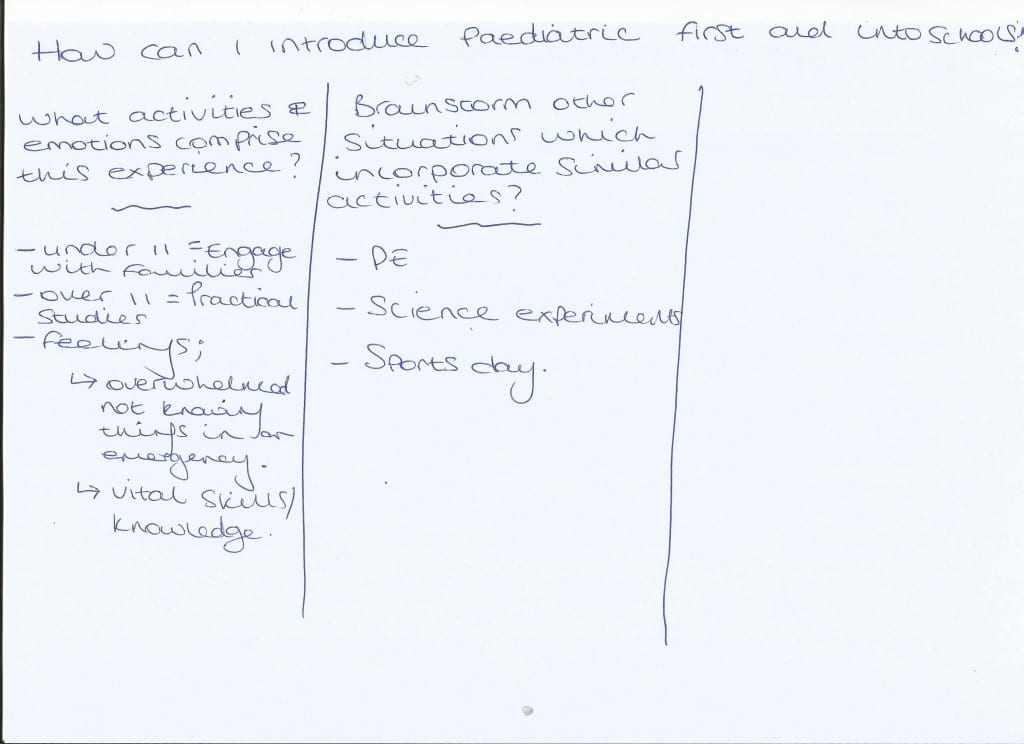Research
Workshop and Independent – Week Three
~~~
In this post, I am going to document a research and analysis survey carried out on several different sources. I performed three types of secondary research methods, these consisted of;
- Competitor
- Inspirational
- Analogous
Using a structured guide provided…
~~~~~~
- Name/Company/Brand
- Contextual URL
- Image (screen grab or supporting photo – if visuals are pertinent to discussion)
- Context – who/what they are and why you’re examining them/it
- Positive learning – what you have learned from your examination that will apply to your solution (in other words, what does this information or product do well and how have you learned from it)
- Negative learning (if any) – what you have learned from your examination that will avoid (in other words what are the mistakes other people/companies/products have made and how you will avoid making the same mistakes – i.e. offer improvement)
~~~~~~
I will come up with some useful and helpful research that will help me compose a solution for my problem. “Although there are many people out there who are teaching selected schools, I was still inspired to do this idea. There are people trying to solve the problem and may have even solved the problem, but due to me thinking about it and many people saying they do not know about it, makes me wonder if there is another way in which this problem can be tackled. If it was to be interesting and fun, and available for families (kids and parents) then more children and parents would know what to do in a serious situation, not just with their children but with other peoples as well.”
1. Competitor(s)
I have chosen to talk about two different competitors, these competitors are strongly recognised and are very important in terms of this problem. There are more than a dozen competitors who deal with first aid and paediatric first aid in particular, however, these two are the ones I want to focus on. The two competitors both deal with similar but different first aid tactics. (A) goes into certain schools and deals with them directly. (B) deals with people who are interested in perusing a course and they are more of a first responder charity.
~~~~~~~~~~
A)
St. John Ambulance
(Registered charity number – 1077265/1)
(Company registered in England number – 3866129)
https://www.sja.org.uk/sja/default.aspx
Whilst I was looking into this problem, I kept coming across a charity called ‘St John Ambulance’ (SJA). SJA, are a UK based Ambulance Operation service who provide first aid, training, supporting events and help to other organisations in and around the UK. Although they say they provide care to the UK, it is only a selected amount of the country (as seen below). As they are a supporter of the London Ambulance service and Evelina London, I believe they are mainly and promptly based in London.
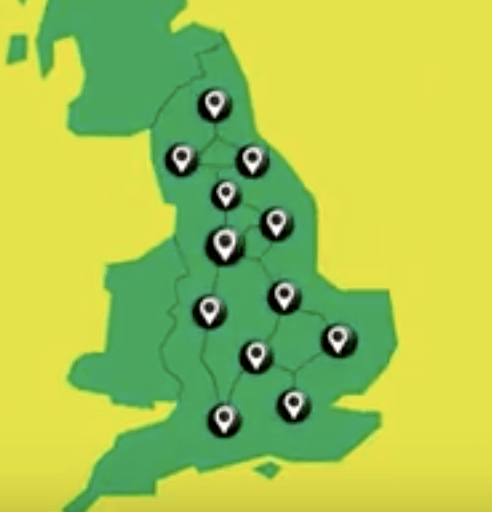
Below is a helpful video that contextualises what this company does and why they do it.
In further analysis, I was a bit deflated… Moreover, unfortunately for me, this company seem to do everything I set out to do. However, the fact my primary research and I still think it is a problem must mean there is a bit more room for improvement.
SJA became apparent to me whilst researching (as mentioned above), however, before this I did not know of them, nor have I heard of them. The only thing I recognised was the advert they did (more on this further down) about what to do if your baby is choking.
The main reason for starting this company was to raise awareness for first aid. They have said, “We’re always working on more ways to spread our message to new audiences. Our goal is to make sure that, wherever a first aid emergency occurs, someone is on hand with the skills to help. – We’re always campaigning to raise awareness of first aid and developing new ways to provide people with basic knowledge – because even the most simple skills can save a life.
Below is an advert St John Ambulance created in response to multiple child deaths which are caused by choking. It is a forty second advert telling the audience what to do when a child is choking. Their reason for making this advert was because they did a survey on parents and this was their result – “Parents told us that over 40% of them have witnessed their own baby choke and when we quizzed them on the first aid, we found that almost four-fifths don’t know what to do in this situation.”
The only thing about this advert, to me, is at the end it say ‘call for an ambulance if this does not work’. By the time an ambulance gets there, IF, the ambulance gets there, the child could have life threatening injuries (brain damaged etc.) or in worse circumstances the child could be dead. Whereas, if the parent owns a car, it could be at the hospital in time to save his or her life. Depending on the circumstances of course.
“Our TV advert, The Chokeables, directly taught people how to save a baby from choking – a campaign that has already saved dozens of young lives.”
SJA provide over two hundred and sixty venues all over the UK. What SJA do is, they provide training to teachers and other school staff, teach first aid to varied students and most of all, they provide the resources that helps deliver first aid AND health and safety lessons.
In further analysis, I will discuss the website. The website is boring and looks as if it is in need of an update. The use of green is good, as green stands for the paramedic/medical advances. However, it could be used more creatively and effectively. Although, I am saying it needs to be more aesthetically pleasing, and there could be better use of grid systems etc. it needs to be able to get the point across. Therefore, I guess they have had to compromise a little bit to on one thing or another. Moreover, I found the website very hard to navigate and it was not easy to find what I needed, there is so much information on the page, I did not know where to start or where to end.
Not only does the SJA have a website, they also have a section for downloading ‘our free app’, ‘Play our game’ and ‘Watch our videos”. On Youtube they have their own YouTube channel which has 24,097 subscribers, by the looks of it, they attempt to post a video every month.
https://www.youtube.com/channel/UCNTbPGW3esNltuJylZs89zQ
The reason I have decided to examine SJA, is because they have already achieved so much. They have a respectable amount of following and support, and they have already thought of everything. This is from volunteering in schools, to teach teachers and students about first aid.
From researching this organisation, I have achieved a positive learning outcome. I have learned that I cannot fight against competitors, the only thing to do is work with them or alongside them to improve or expand. It has helped me determine which type of area I need to focus on particularly.
The negative learning outcome I gained from the examination, was the website. It was not easy to navigate, and I noticed the only thing I could not find was the inclusion of parents. There was no course that included parents in the first aid course, to be able to find a course that helps both parents and their children would be better.
~~~~~~~~~~
B)
LIVES
(Charity Number – 1098364)
https://lives.org.uk/training/
The second competitor I have looked into was the organisation / charity LIVES. This charity is led by a group of medical professionals who volunteer to go to medical emergencies, and offer training on several types of first aid. “LIVES also has more than 70 volunteer doctors, nurses and paramedics who respond to complex or traumatic 999 medical emergencies across Lincolnshire. They bring critical care skills to the roadside, delivering complex procedures and treatments at the scene of the accident that are usually only found in an emergency department, operating theatre or Intensive Care Unit. This may range from putting a patient into a “medical coma” at the roadside, through aligning severe fractures under sedation, and performing roadside amputation or opening the chest in traumatic cardiac arrest.”
LIVES are a charity that purely depend on donations and volunteers to keep going. Top to bottom on the website, they ask you to donate money to them, they even give you a little guide on what your money could buy. I have witnessed a local LIVES volunteer (a family friend), this volunteer came to assist a young child, who was involved in a car accident (her mothers car was hit by a drunk male teenage driver) the young girl sustained serious injuries and the LIVES volunteer lived only a few miles down the road, and he was called in to help. The point I am trying to make, is that this charity’s volunteers are the main respondents in their areas. Mainly serving their own neighbours. “In a medical emergency, every minute counts in getting that vital first medical support to the patient as quickly as possible. Those first golden minutes can make all the difference to a patient’s life. That’s why our 700+ volunteers give up their spare time to respond to 999 medical emergencies, in their communities, right across greater Lincolnshire. Our responders’ actions save lives; they get there fast to deliver that vital immediate care to their neighbours in those critical first moments before handing over to the ambulance service.”
I decided to examine them because (not only do) LIVES deliver medical support to all of Lincolnshire, but what was brought to my attention was the fact they offer training courses. This is what they consist of; training for businesses, first aid at work, emergency first aid at work, paediatric first aid and emergency paediatric first aid courses. The training courses are called ‘QA LEVEL 3 AWARD’, the only thing I thought was a bit concerning, is the courses are typically only ran for one to two days and the qualification will last for two to three years, depending on which one it is. Is this really enough time to study and be able to confidently perform first aid, especially on children?
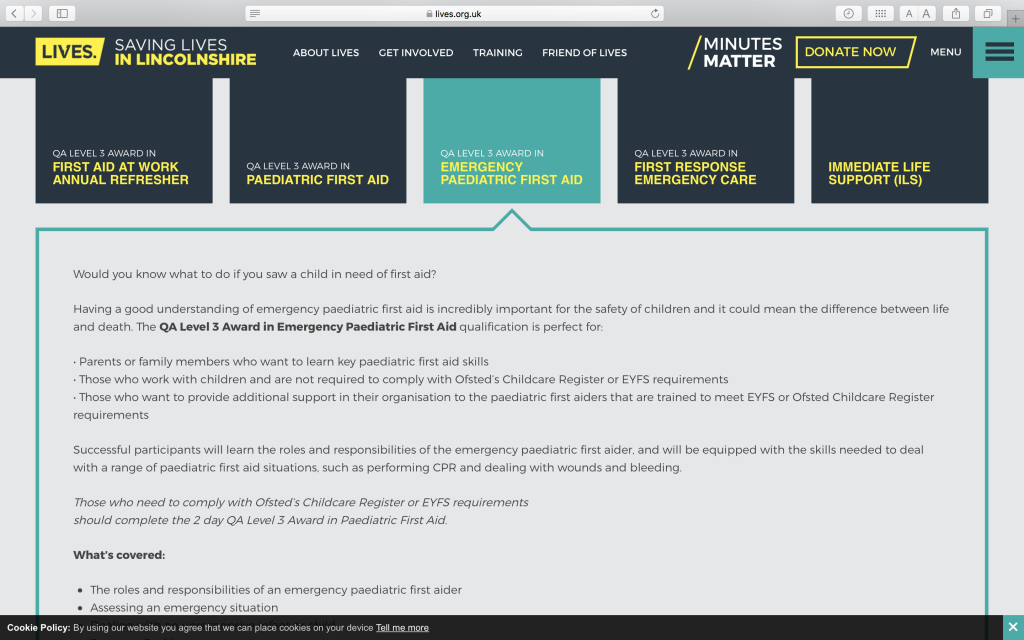
https://lives.org.uk/training/
As you can see from the images above, there are two separate types of awards for paediatric first aid. The difference for the two awards are as follows;
Paediatric First Aid – this award is suitable for people who work as a childcare professional or intend to work with children. This course has even designed and prepped by the ‘Ofsted’s first aid requirements’, it is designed for people who work with early years, in a nursery and for babysitters / childminders. In most jobs, first aid amongst paediatric care is not mandatory. However, it is recommended as it is important to entail the safety of the children in their care. in certain professions it is important to comply with the Ofsted Childcare Requirements. This course is two days long and lasts for three years.
Emergency Paediatric First Aid – this award is specifically designed for parents or family members. It is also for people who work with children and are not required to comply with the Ofsted childcare requirements. The only thing about this about this course is it might be a good idea to complete both courses, it states “Those who need to comply with Ofsted’s Childcare Register or EYFS requirements should complete the 2 day QA Level 3 Award in Paediatric First Aid.” This course is one day and lasts for three years.
Ofsted’s Childcare Register Requirements; -[ https://www.gov.uk/government/publications/framework-for-the-regulation-of-provision-on-the-childcare-register/regulation-and-inspection-framework-for-services-on-the-childcare-register ] In a brief nutshell, the purpose of this regulation is to ensure the safety of children when under the care of suitable adults. The childcare register has two parts, the compulsory part and the voluntary part.
Compulsory – “they care for one or more children following their fifth birthday until they reach their eighth birthday for a period or total periods of more than 2 hours in any one day” – “childminders who care for children when they are not in school… (end of the school day or in school holidays)”
Voluntary – “care for children for 2 or more hours in any one day or for a period of less than 2 hours where this includes care attached to a normal school day” – “care for children aged 8 and over before and after the school day or in school holidays, or provide care in the child’s home (nannies)”
There are two learning out comes I have achieved from researching and examining this charity. The first being a positive one, at first I did not know that LIVES actually offer courses. I thought they were just a normal first responder charity helping people in their local areas. However, I have learned they do and offer more for the communities. They even provide first aid courses for parents and family members which is where I really wanted to focus my attention. The negative learning experience to this is however, is (as stated earlier) parents who are busy and do not have time or the money to source these courses, will end up missing out. I think that maybe a better advertising scheme would appeal to the audience and make them realise that there are organisations out there who actually deal with these sorts of things.
~~~~~~~~~~~~~~~~~~~~
2. Inspirational
In terms of inspiration, there are quite a few things out their on the web and in person that are worth while in terms of perusing. However, I am going to focus of three main things; Questionnaires (webpages, quizzes etc.), Videos and Apps. These three media platforms are easily assessable to almost everyone. I found a statistical bulletin made by the ‘Office for National Statistics’, they calculated internet users in the UK (2017), the next realise for this will be May 22, 2018. – “How internet use is correlated to various socio-demographic characteristics, such as age, sex, disability and geographical location. The annual estimates are based on Quarter 1 of each survey year.” – They have said that “Virtually all adults aged 16 to 34 years were recent internet users (99%), in contrast with 41% of adults aged 75 years and over.” There is more on their website https://www.ons.gov.uk/businessindustryandtrade/itandinternetindustry/bulletins/internetusers/2017 . Below is a diagram provide by this company of the relevant statistics.
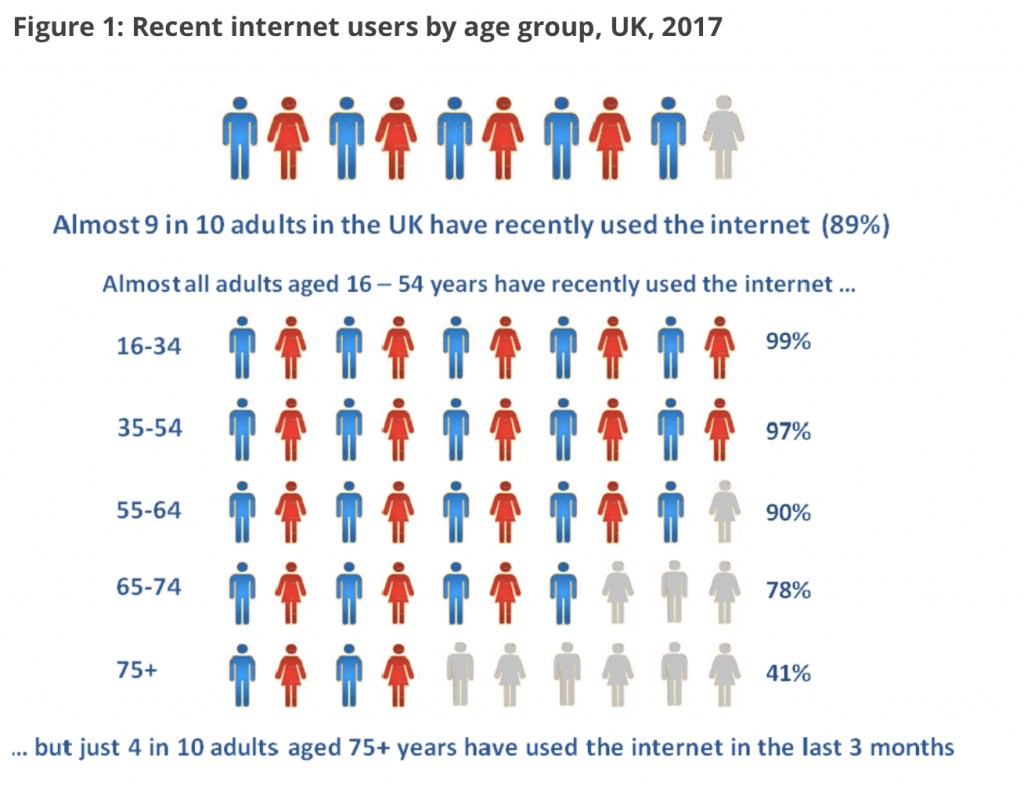 My point is, that anyone can just put in a search engine paediatric first aid and it comes up with hundreds of responses. The three analysis’ I have chosen to focus on will be label as A (Questionnaires), B (Videos) and C (Apps).
My point is, that anyone can just put in a search engine paediatric first aid and it comes up with hundreds of responses. The three analysis’ I have chosen to focus on will be label as A (Questionnaires), B (Videos) and C (Apps).
A)
Questionnaires;
When diving further into my primary and secondary research, I came across several online ‘paediatric first aid’ quizzes that help people measure and expand on their knowledge. (The URL’s to these pages are at the bottom of this section.)
I took one of these tests to see how much I know. This page for example, offered five questions.
They were ‘What should you do if…’ questions. 
As you can see I got three out of five correct, what was great about this was, not only did I get the results straight away without having to sign up to anything, their was a link to an online paediatric first aid course. Im not too sure if this would be an ideal place to learn about first aid, or would be an accurate source. But it is useful to know these things.
https://www.highspeedtraining.co.uk/hub/paediatric-first-aid-quiz/
https://www.proprofs.com/quiz-school/story.php?title=paediatric-first-aid
http://www.sja.org.uk/sja/first-aid-advice/test-your-first-aid-knowledge.aspx (St John Ambulance again)
http://www.ouchtraining.co.uk/courses/first-aid-courses/first-aid-quiz/
There are hundreds to list, but they are all pretty much the same in context.
B)
Videos;
On YouTube, I searched choking first aid. It came up with 107,000 results. To a parent, family member etc. who are looking to research into this problem, they would feel rather overwhelmed (I certainly did). Below are four examples of child / baby first aid, the methods shown are in result of a choking hazard. I will go through each, and explain why I have chosen to examine them.
This video has been created by St John Ambulance, it is a demonstration video that has been performed on a model baby. Without even clicking on the video or reading any information, I knew straight away who it belonged to and what it is about, without anyone contextualising it. You can clearly see a woman holding a baby, in a SJA uniform, and a caption next to her. Unfortunately, the video is un-engaging, slow and dull. Although, that is not what it is about, straight away I was ready to move on to find something else. Furthermore, below is another video SJA created.
As you are aware, this video has been shown in the post already. However, this is the extended version (lasting one minute, instead of forty seconds). I wanted to compare this video to the one above. They are both created by the same company yet they are completely different in style, and they are exactly the same. It focuses on what to do if your baby / or someone else baby is choking. This video is more engaging, stylistic and (to me) it is easier to follow along. Not to mention, the use of celebrities drawn in more viewers. In this video there are voices from David Walliams, David Mitchell, Johnny Vagas and Sir. John Hurt. Using the star factor, it generates more views, which is very clever.
This video is a simple and quirky little animation, it does the job but it is very slow and irritating after a while. To a child however, if they were to watch this video it would probably be more engaging. To an adult, they would prefer something that is more straight to the point, to make a successful video, it needs to grab the audiences attention within the first ten seconds otherwise we lose interest. Therefore, it would be best to put the important things in the beginning so we continue to tune in.
Although, this is a good example of a demonstration video (as it is practical, visual and informative) the man is talking too much even the child looks bored. There were several comments in the comments section about him talking too much, and it not being productive enough. I had to skip to the demonstration which was three quarters of the way in, this is a good demonstration of an important video needing to grab your attention. I could have missed something really important by skipping it, but I just did not want to listen to him waffle on. Typically, I believe our attention only lasts for approximately thirty seconds before we switch off.
~~~
The learning outcomes to this were quite positive, by evaluating and analysing the videos it has made me realise if I need to do an ad campaign, I have to make it interesting, fun, minimal but informative and useful to both children and parents / adults. It sounds impossible but it is not, the SJA choking advert (characters one) is a good example of it working well and providing engaging results for both children and adults.
C)
Apps and Games;
Apps are one of the best selling platforms to use in this day and age, so many people have phones or tablets to download apps on. I went onto my phone and searched baby first aid into the App Store and straight away I had results from the British Red Cross, St John Ambulance etc. There were so many results, I decided straight away this platform would be too difficult to analysis, there are too many competitors to deal with. not to mention, to come up with something original would be too difficult and time consuming. When it comes to the crowdfunding pitch, no one will support my App if there are so many competitors to deal with. Not only where there the App guides, there was more than a dozen game platforms as well. Although, they were not top of the range games, they were good enough to teach young children about medical care etc.
Here are some examples of what I have found;
~~~~~~~~~~~~~~~~~~~~
3. Analogous
There are companies such as the Red Cross, St John Ambulance, LIVES etc. that advertise to their very best abilities to make people aware of first aid training services. These companies will help with my research and will provide the best possible results to the issues I have raised or that might arise in the future.
I have chosen to discuss the St John Ambulance trust.
St. John Ambulance
(Registered charity number – 1077265/1)
(Company registered in England number – 3866129)
https://www.sja.org.uk/sja/default.aspx
This analogous research is about repurposing a solution that might already exist and be quite successful, I have chosen this charity because they run a youth programme. This young persons ‘club’ runs as an outside of school programme (not run by the school) which allows people to sign up to it. There is also a university student volunteering programme, where you can sign up to a first aid society, which allows you to be part of the community and much more.
Using this link (https://www.aakb.dk/sites/www.aakb.dk/files/files/page/analagous_research.pdf), I attempted to follow some secondary methods on how to conduct analogous research. Here are the results;
To be quite honest, I do not think the website explained what to do correctly and I did not fully understand what was being asked. However, I gave it a go and tried my best, but I will not use the method again.

